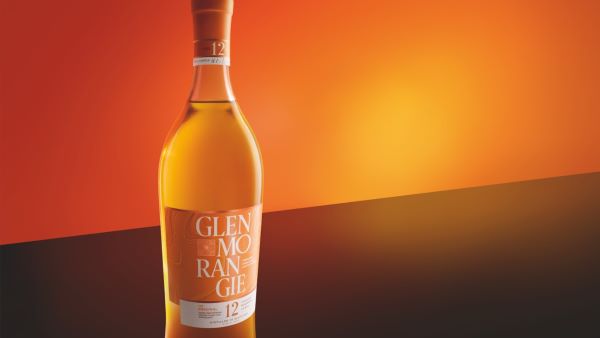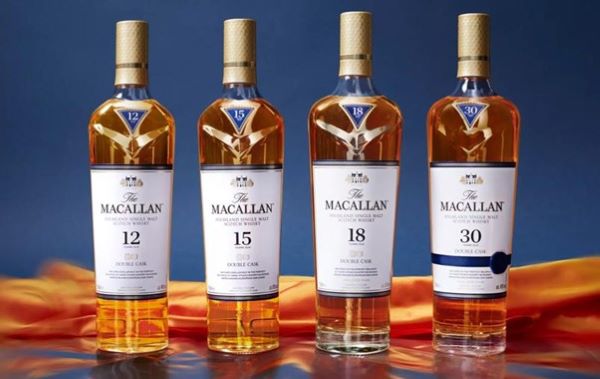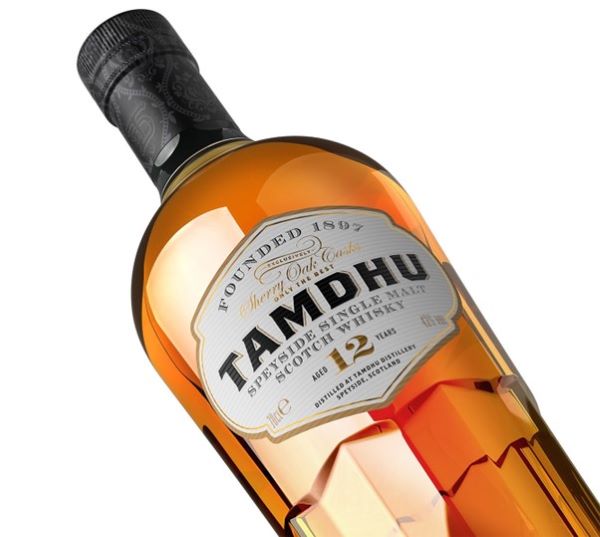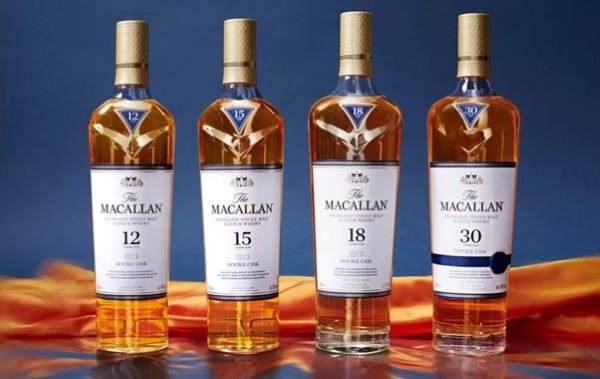THE MAGIC 12
There was a time when every deluxe blend and single malt spent a dozen years or more in a warehouse before it saw the light of day. When aged stocks ran short, that proved unsustainable; but those double digit numbers are returning, reports Tom Bruce-Gardyne …
Last summer, Glenmorangie's head of whisky creation Dr Bill Lumsden, announced that he and his team "had recently started to wonder whether we could reimagine our flagship expression, ‘The Original', for even more deliciousness. The result is The Original 12 years old. Smoother, creamier and even more complex."
Delicious or not, the move from 10 to 12 YO is not really about reimagining anything. It merely reflects Glenmorangie‘s stocks of maturing whisky, and follows an industry-wide trend of age statements reappearing and getting older. When demand drained warehouses of older casks a decade ago, it spawned the era of the non-age statement (NAS) whisky where numbers were replaced with fancy names.

Macallan drinkers were weaned off the 10, 12 and 15 YO, and told to embrace Gold, Amber and Sienna as part of the Macallan 1824 Series. 'You're a fan of Glenlivet 12? Try ‘Founder's Reserve' instead' was the message from Chivas Bros. There was a lot of talk about freeing master distillers from the shackles of age to unleash their creative juices.
Vic Cameron, a long-term veteran of Diageo and now a whisky consultant and educator, puts it more bluntly. "I don't think it was quality driven or specifically on purpose that we moved to NAS," he told The Spirits Business last August. "It was a ‘needs must when the devil farts in your face' kind of thing."
Speaking to him recently, he says: "Of course, as an industry we made a rod for our own backs. We said it needs to be 12, 18 or 21, and were telling people that long before we went into non-age statements." Now that numbers are returning for reasons above, drinkers will have to be re-educated which could be confusing, although Vic reckons: "the consumer is more likely to be peeved than confused."
But Ken Grier, Macallan's former creative director and an instigator in its now disbanded 1824 Series, insists that 'non-age whiskies' were a real boon to innovation, and are very much here to stay. "I think ‘non-age' is helping Scotch, because it means we can strut our stuff not only in the age spectrum, but also in the area where we can innovate and do things that are really delicious," he says.

"Whisky is kind of like an apple on a tree," he continues. "You can't just pick it on the 30th September and say ‘it's going to be perfect'. Some casks are brilliant at 7 – 8 years old. Some go through to 50 years quite easily." All this is true, and it is clearly far too simplistic to judge a dram purely by its age.
However, there is something honest and transparent about having a number on a label that marketing concepts like ‘Gold' or ‘Storm', as in Talisker Storm, simply can't offer. Anyone can describe their brand as ‘limited release', ‘small batch' or ‘Founder's reserve' but they're pretty meaningless terms that have been dulled through repetition.
Perhaps more important, the age-statement conveys a sense of time that helps distinguish Scotch from its rivals. Being matured in a cold, dank climate keeps the Angel's share, what is lost through evaporation, to a modest 2% a year or thereabouts. The angels are far thirstier in warmer climes. As Vic says: "A lot of people who are making single malts in Texas or India can't do a 10, 12 or 15 years old because there would be none left."
Ken Grier talks of whiskies "that have developed that patina of age, that slight oxidation and sightly damp, old dunnage warehouse character" – something only Scotch can give you. Iain Weir, marketing director at Ian Macleod Distillers, agrees that it's something of a USP. "As an industry, we do have maturing stock, and I really think that adds innately to the value of Scotch whisky."

The company's Speyside single malt – Tamdhu, went from 10 to 12, five years ago. "Our view, if you look at luxury brands, it's really 12 that is your opening age, and a lot of others are following suit," says Iain. While most of the Tamdhu range carries a number there are exceptions. "We don't put an age on our ‘Batch Strength' expression, because it's a higher strength whisky, and we want to tell that story. We don't want age to muddy the water and get in the way."
Yet another example is Whyte & Mackay's Isle of Jura which is about to jump from 10 to 12 for its core expression, having once offered lots of NAS whiskies like Jura Origin and Superstition. Kieran Healy-Ryder, the firm's head of comms, reckons age-statements really come into their own with gift-giving which accounts for 70% of the UK grocery market, he claims.
Single malts may have ebbed and flowed on the issue, but one constant has been that preeminent blend – Johnnie Walker Black Label which has proudly sported the number 12 for as long as anyone can recall. In all his time at Diageo, Vic Cameron never heard talk of it being removed. "That would have been kind of blasphemous," he says.

Award-winning drinks columnist and author Tom Bruce-Gardyne began his career in the wine trade, managing exports for a major Sicilian producer. Now freelance for 20 years, Tom has been a weekly columnist for The Herald and his books include The Scotch Whisky Book and most recently Scotch Whisky Treasures.
You can read more comment and analysis on the Scotch whisky industry by clicking on Whisky News.




